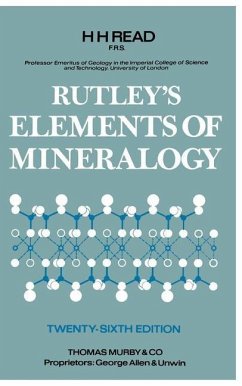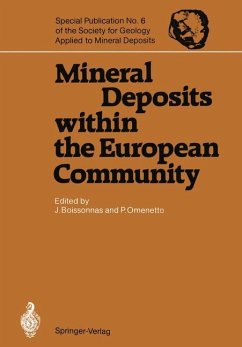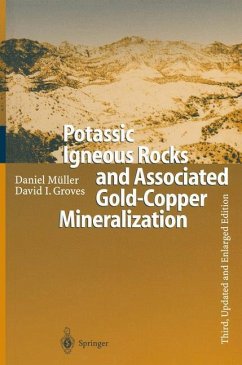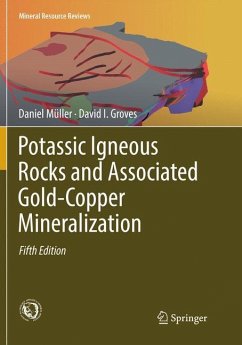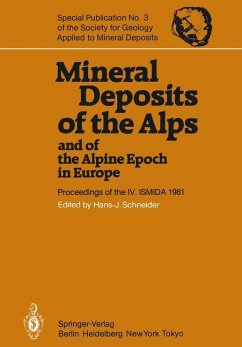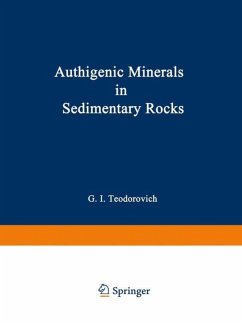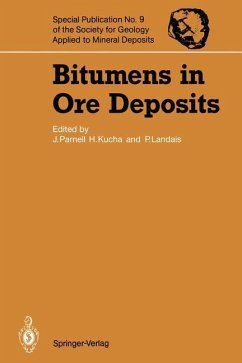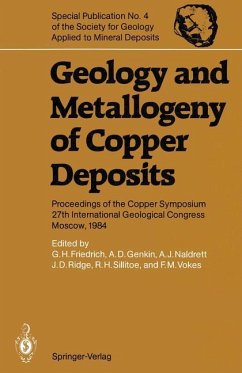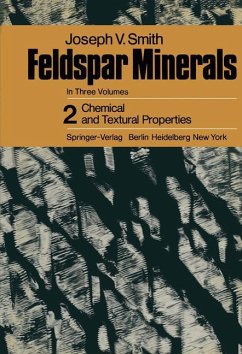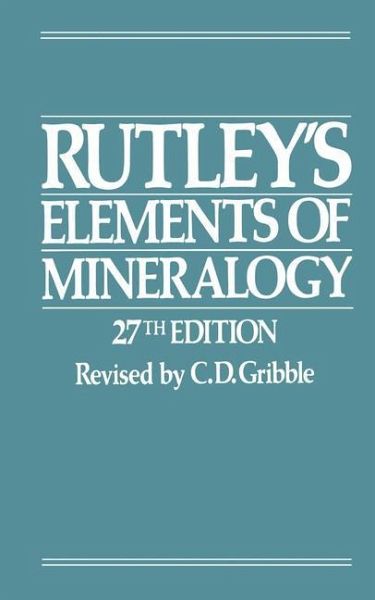
Rutley's Elements of Mineralogy

PAYBACK Punkte
39 °P sammeln!
Rutley's elements of mineralogy has been around for a long time, certainly throughout my own lifetime; and if my great grandfather had read geology, it would have been prescribed reading for him too! It has been rewritten and revised frequently since fir~t conceived by Frank Rutley in the late 19th century. Major revisions occurred in 1902, and then in 1914, when H. H. Read first took over the authorship, and thereafter in 1936 and in 1965 when the last major changes occurred. It was with some trepidation that I agreed to attempt this revision. I had been asked to do it by Janet Watson in 1979...
Rutley's elements of mineralogy has been around for a long time, certainly throughout my own lifetime; and if my great grandfather had read geology, it would have been prescribed reading for him too! It has been rewritten and revised frequently since fir~t conceived by Frank Rutley in the late 19th century. Major revisions occurred in 1902, and then in 1914, when H. H. Read first took over the authorship, and thereafter in 1936 and in 1965 when the last major changes occurred. It was with some trepidation that I agreed to attempt this revision. I had been asked to do it by Janet Watson in 1979, but various commitments delayed my start on it until 1984. This 27th edition encompasses a number of changes. Chapters 1-5 have the same headings as before, but considerable changes have been made in all of them, particularly 1, 3, 4 and 5. Comments sought prior to the revision revealed considerable disagreement about the role of blowpipe analyses in the book. I have only once had blowpipeanalyses demon strated to me, and have never used them; but there is no doubt that they are employed in many countries, and many of the tests (flame colour, bead, etc. ) are still useful as rapid indicators of which element is present in a mineral. I have therefore kept blowpipe analysis information in Rutley, but have relegated it to an appendix.





